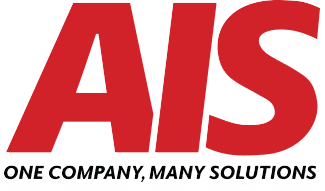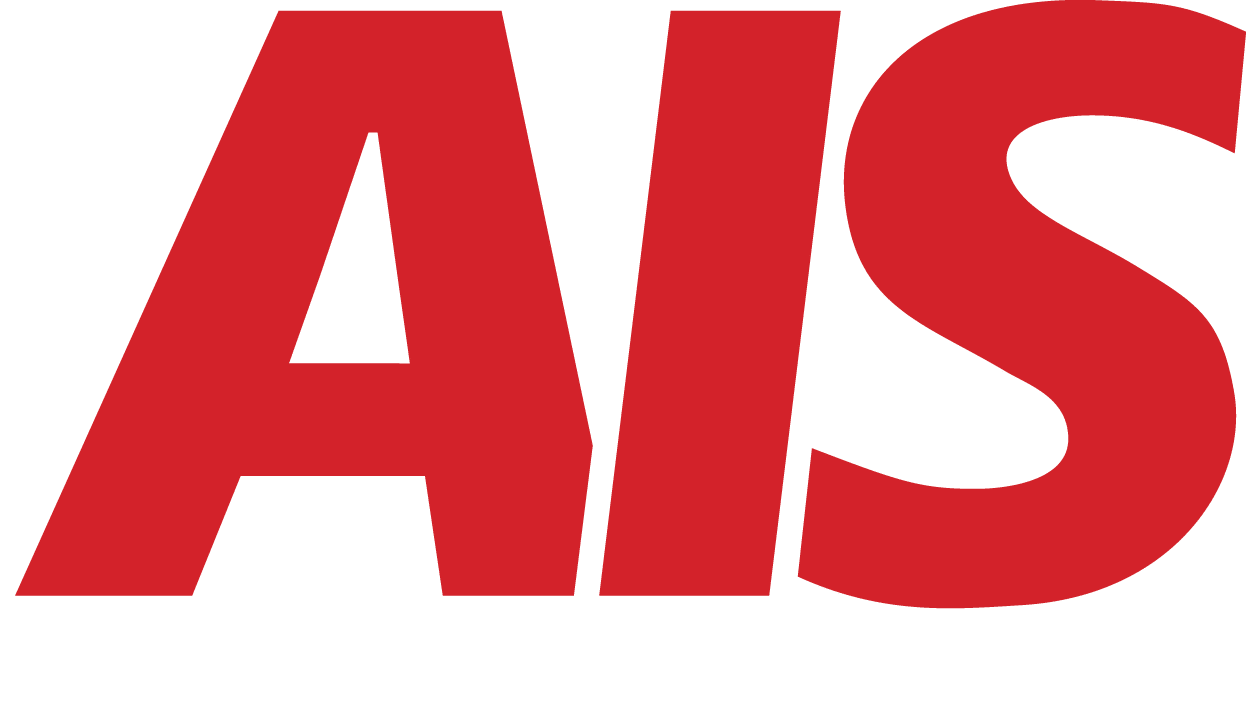SaaS Security: How to Protect Your Business Data in the Cloud
October 21st, 2025 | 4 min. read

Software as a Service (SaaS) has changed how companies work. From collaboration tools to accounting systems, nearly every business uses at least one cloud-based platform.
But as convenience grows, so does risk. Sensitive company data now lives outside your firewall—shared, synced, and accessed through dozens of apps. Without the right safeguards, a single weak password or misconfigured setting can expose confidential information to hackers or unauthorized users.
SaaS security isn’t only a concern for large enterprises. If your company uses tools like Microsoft 365, Salesforce, or QuickBooks Online, protecting that data must be part of your overall IT strategy.
What Makes SaaS Security Different from Traditional IT Security?
Traditional on-premises systems give businesses full control over servers, software, and data storage. In a SaaS environment, part of that responsibility shifts to the software vendor.
However, many business owners assume that “cloud” automatically means “secure.” That’s a dangerous misconception. While vendors handle platform security, your organization remains responsible for how the software is used, configured, and accessed.
This shared responsibility model divides tasks between:
- The SaaS provider who secures the infrastructure, servers, and core software.
- Your business which controls user access, data sharing, and compliance.
Without strong internal controls, even the most secure SaaS application can become a weak point in your network.
Common SaaS Security Risks Businesses Face
1. Weak or Reused Passwords
Employees often reuse passwords across multiple platforms, making them a prime target for credential stuffing attacks. One compromised password can expose several accounts.
Solution? Enforce strong password policies and implement Multi-Factor Authentication (MFA) on all SaaS applications.
2. Misconfigured Permissions
Default settings in many SaaS tools grant broad access. Users may unintentionally share files or grant integrations that expose sensitive data publicly.
Solution? Review and restrict user permissions regularly. Apply the principle of least privilege, giving users only the access they need to perform their role.
3. Shadow IT
Employees often sign up for unapproved cloud apps to make their jobs easier. This “shadow IT” bypasses company controls and introduces security blind spots.
Solution? Use network monitoring and SaaS discovery tools to identify unsanctioned apps. Offer secure alternatives that meet user needs.
4. Inadequate Data Backup
Many SaaS vendors only back up data for operational purposes, not for individual customer recovery. If data is deleted by accident or through a cyberattack, you might not get it back.
Solution? Use third-party cloud-to-cloud backup solutions that store data separately from your SaaS provider
.5. Insider Threats
Not all data loss comes from hackers. Disgruntled or careless employees can cause just as much harm by deleting files or misusing access privileges.
Solution? Monitor user activity, log all access attempts, and disable accounts immediately when employees leave the company.
How to Build a Strong SaaS Security Strategy
Start with a Cloud Security Policy
Every organization needs a written policy outlining how cloud applications are approved, accessed, and monitored. Your policy should include:
- Approved SaaS platforms
- Password and MFA requirements
- Data classification rules
- Incident response procedures
- Guidelines for remote access
When everyone understands the standards, security becomes part of daily workflow, not an afterthought.
Use Single Sign-On (SSO)
SSO simplifies user authentication across multiple SaaS platforms. Employees log in once through a trusted identity provider, reducing the need to manage dozens of separate credentials.
Benefits include:
- Fewer password-related breaches
- Easier onboarding and offboarding
- Centralized access control
When combined with MFA, SSO significantly strengthens cloud identity management.
Encrypt Data at Rest and in Transit
Encryption ensures that even if data is intercepted or stolen, it remains unreadable. Verify that every SaaS provider you use encrypts:
- Stored files (data at rest)
- Data transfers between servers and devices (data in transit)
For highly regulated industries such as healthcare or finance, ensure your vendors comply with HIPAA, PCI DSS, or SOC 2 Type II standards.
Enable Activity Monitoring and Alerts
Visibility is key to protection. Most modern SaaS tools include built-in logging or security dashboards. Review them regularly to detect suspicious activity such as:
- Unusual login locations
- Large file downloads
- Unauthorized third-party app connections
Integrate these logs into a Security Information and Event Management (SIEM) platform for centralized monitoring.
Regularly Audit Your SaaS Stack
Over time, your organization may accumulate dozens of SaaS subscriptions. Without oversight, you risk unused apps consuming budget and exposing unnecessary data.
Perform quarterly audits to:
- Remove unused or duplicate tools
- Review access permissions
- Confirm data retention policies
- Update integration settings
Train Employees on Cloud Security Awareness
Even with advanced technology, people remain your biggest vulnerability. Conduct regular training sessions to help employees recognize phishing attempts, data-sharing risks, and safe login practices.
Short, frequent sessions are more effective than annual lectures. Reinforce lessons with simulated phishing campaigns or quick-reference guides.
The Hidden Costs of Ignoring SaaS Security
Ignoring cloud security not only risks data. It affects operations and trust. A single breach can lead to:
- Costly downtime
- Lost customer confidence
- Legal and compliance penalties
- Permanent data loss
Steps to Take Right Now
If you’re unsure where to start, take these immediate actions:
- Enable MFA across every SaaS platform.
- Audit user accounts and remove inactive or duplicate profiles.
- Create a list of all active SaaS applications.
- Back up cloud data to a separate, secure location.
- Contact your IT provider or MSP for a cloud security assessment.
These quick wins can dramatically reduce your exposure while you build a more comprehensive security plan.
A true southerner from Atlanta, Georgia, Marissa has always had a strong passion for writing and storytelling. She moved out west in 2018 where she became an expert on all things business technology-related as the Content Producer at AIS. Coupled with her knowledge of SEO best practices, she's been integral in catapulting AIS to the digital forefront of the industry. In her free time, she enjoys sipping wine and hanging out with her rescue-dog, WIllow. Basically, she loves wine and dogs, but not whiny dogs.



